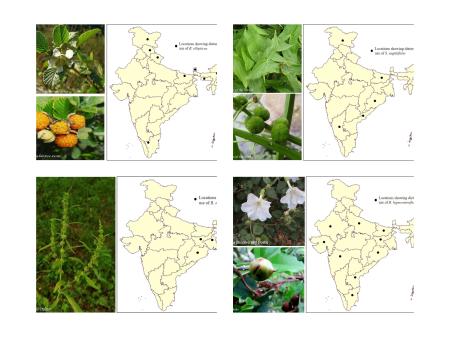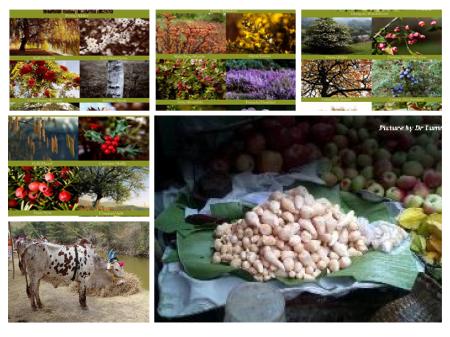Editorial
 It’s the middle of the year, we are still very much in the COVID saga. Although vaccination drive rolled on in majority of the countries, our microbial opponent has been evolving fast, appearing in new avatars, and evading this protective agent. Likewise, there are countless such instances where we are at the mercy of the nature. According to the United Nations office for the Disaster Risk Reduction, India is the third nation with most natural disasters with 108 crore people affected in 321 incidences between 2000-2019. Besides this official countdown, there are other forms of invisible disasters which destroy traditional lifestyle, knowledge, sustainable practices but are seldom acknowledged. Altogether, disasters destroy humanity along with materialistic possessions. But, do we really care? Did we learn any lesson from such instances? Will it be happening in any time in near future that we prioritize nature over our uncontrolled materialistic needs?
It’s the middle of the year, we are still very much in the COVID saga. Although vaccination drive rolled on in majority of the countries, our microbial opponent has been evolving fast, appearing in new avatars, and evading this protective agent. Likewise, there are countless such instances where we are at the mercy of the nature. According to the United Nations office for the Disaster Risk Reduction, India is the third nation with most natural disasters with 108 crore people affected in 321 incidences between 2000-2019. Besides this official countdown, there are other forms of invisible disasters which destroy traditional lifestyle, knowledge, sustainable practices but are seldom acknowledged. Altogether, disasters destroy humanity along with materialistic possessions. But, do we really care? Did we learn any lesson from such instances? Will it be happening in any time in near future that we prioritize nature over our uncontrolled materialistic needs?
This issue presents two interesting articles on the plight of the marginalized people and uncommon food culture which may seem apparently different but tangled in a common string of sustainability and diversity. The first article narrates the existential struggle of the indigenous communities in the city of Mumbai, the financial capital of India. It tells us how the current universal development paradigm engulfs traditional sustainable lifestyle and corners the communities at the rim of desperation. Citing examples from the sea coast to the national park the author shows us different ways to seclude nature and natural resources for the benefit of the privileged. A different view is represented in the second article where bio-cultural diversity is cherished through culinary practices. The author explores the food of the underprivileged which has strong links with social-cultural life as well as food security. Considering the narrow spectrum of the mainstream food culture, rising homogenization in food production, nutritional impoverishment and growing food prices, it is now utmost important to develop an inclusive strategy for feeding the society. Wild uncultivated edible biota provides us with more options for widening our food choices, replenishes the nutritional requirements, and is accessible to people from lower economic strata as well. The author argues on tapping the potential of wild uncultivated food for regional food policy development for dietary diversity and tackle the nutritional impoverishment.
In the wild edible plant section, members like Rivea, Rubus, Rumex and Sagittaria from roadside to waterbodies to hills are in limelight. They are common in the traditional medicine system though not recognized by many of us. The culinary diversity is still restricted to the local communities and regions where they are cherished. Hope our awareness drive will sensitize people from all quarters about this not-so-glamorous food culture across the country.
Disembarking at the last section, snippets tell us about Brehon Law where plants were protected for their importance to the society, we have Sohphlang the edible tuber from legumes and Poda Thurpu the indigenous cattle from Telangana.
Wish you a happy reading.

ARTICLE
|
|
—
| Wild uncultivated edible plants of India |
 |
| Glimpses Of Nature And Culture |
 |


